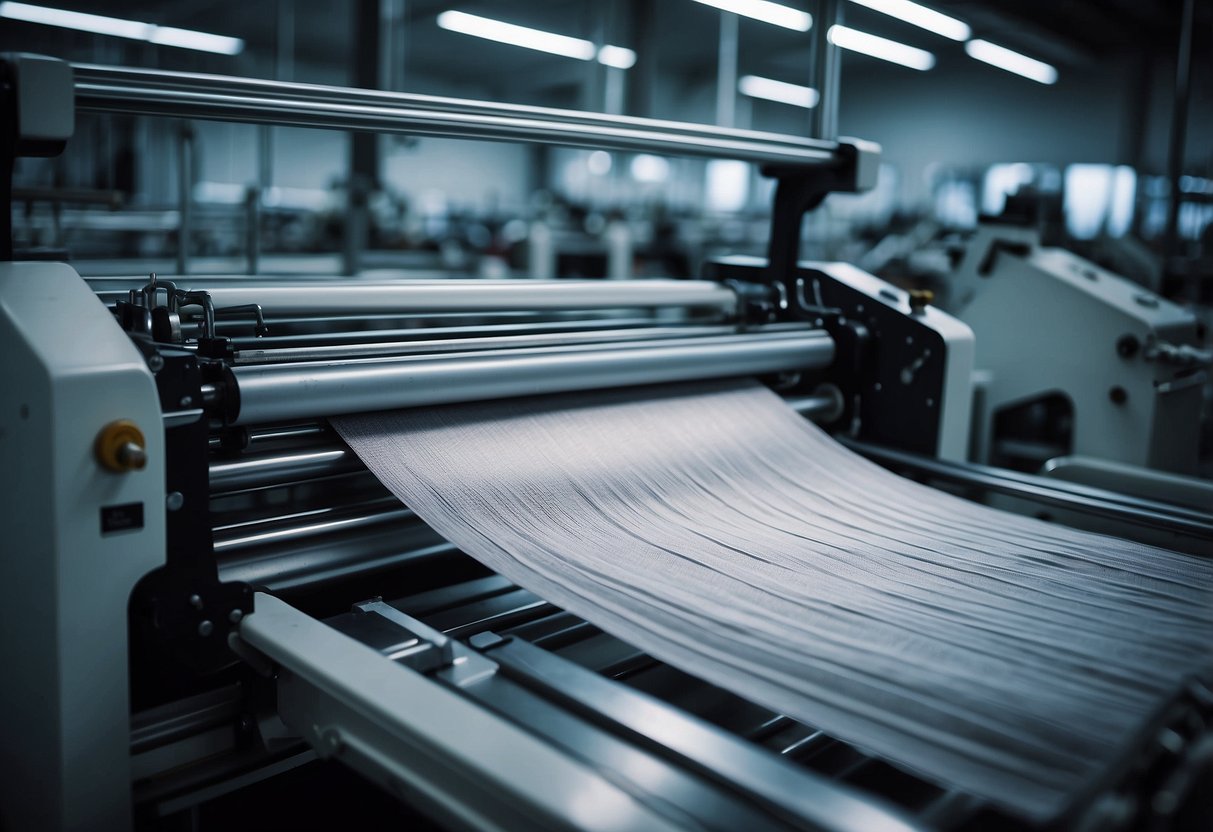
Health Monitoring Capabilities
Smart fabrics in activewear have transformed how individuals and healthcare providers track health metrics and manage patient care. These innovations leverage sensors and wearable tech to provide real-time data, enhancing both fitness routines and medical monitoring.
Smart Fabrics and Patient Care
Smart fabrics equipped with health-monitoring sensors are making significant strides in patient care. These fabrics can continually monitor vital signs such as heart rate, body temperature, and respiratory rate. This continuous monitoring offers the potential for early detection of medical conditions, which can be crucial in managing chronic diseases. Wearable tech embedded in these fabrics sends real-time data to healthcare providers, allowing for timely interventions.
In addition to vital signs, some smart fabrics can monitor muscle activity and glucose levels, providing a comprehensive picture of a patient’s health. This level of monitoring can reduce the need for frequent hospital visits and improve the quality of life for patients with chronic conditions. By integrating smart fabrics into patient care, healthcare systems can also effectively manage resources and reduce the cost of care.
Real-Time Data for Health and Fitness
For fitness enthusiasts, smart fabrics offer the ability to track performance metrics in real-time. Sensors embedded in activewear can monitor heart rate, calories burned, and muscle activity during workouts. This data allows individuals to tailor their fitness routines to maximize effectiveness and minimize the risk of injury.
Real-time data is not only beneficial for improving workout efficiency but also for setting and tracking fitness goals. The immediate feedback provided by smart fabrics helps users make informed decisions about their exercise routines and overall health. Moreover, this technology can sync with mobile apps and wearables, creating an integrated health monitoring system that encourages continuous improvement and motivates users to stay active.
Performance Enhancement Features
Emerging smart fabrics in activewear bring advanced capabilities such as dynamic thermal regulation and advanced moisture management, benefiting athletes and outdoor enthusiasts alike.
Dynamic Thermal Regulation
Smart fabrics in activewear now incorporate advanced materials that react to temperature changes. These fabrics can open micro-vents to release body heat during intense activities, keeping athletes cool and comfortable. When the body cools down, the vents close to retain warmth. This dynamic thermal regulation allows for optimal performance regardless of weather conditions.
These fabrics often include UV protection, shielding the skin from harmful rays. Additionally, water repellency ensures that athletes can train under various weather conditions without discomfort. This blend of features helps maintain body temperature and protect the skin, making smart fabrics an essential component in modern activewear.
Advanced Moisture Management
Moisture management in smart fabrics involves materials that wick sweat away from the skin to the fabric’s surface, promoting quick evaporation. This process keeps the wearer dry and reduces skin irritation during prolonged physical activity. Enhanced wicking properties ensure that even during high-intensity workouts, moisture is efficiently managed.
Added features such as antimicrobial treatments minimize odor-causing bacteria, enhancing comfort and hygiene. Fabrics with integrated UV protection also provide an added layer of defense. This combination of moisture-wicking and protective elements underscores the utility of smart fabrics in performance-focused activewear.
Branding and Market Trends
Smart fabrics in activewear continue to gain traction with significant influence from leading brands and evolving consumer preferences. Key players dominate the market while consumers seek specific features and functionalities in their activewear.
Market Leaders in Smart Activewear
Nike and Adidas are at the forefront of smart activewear. Nike’s innovations like the self-lacing HyperAdapt shoes and connected apparel showcase their commitment to integrating technology into sportswear. Similarly, Adidas offers smart shoes equipped with sensors to enhance athletes’ performance and monitor training metrics.
Other brands, including Under Armour and Lululemon, are also making strides. Under Armour focuses on connected fitness with their smart shoes and app integration. Lululemon explores fabrics that can adapt to temperature changes, providing comfort during workouts.
Consumer Expectations and Preferences
Consumers increasingly demand activewear that offers more than just style and comfort. They look for products with integrated technology, such as moisture-wicking fabrics, temperature regulation, and real-time biometric tracking. This shift in behavior reflects a desire for garments that support their fitness and health goals.
Moreover, sustainability is becoming a priority. Many consumers prefer eco-friendly options, pushing brands to develop smart fabrics that are not only tech-savvy but also environmentally conscious. This trend is evident in the rise of recycled and organic materials in smart activewear collections.



